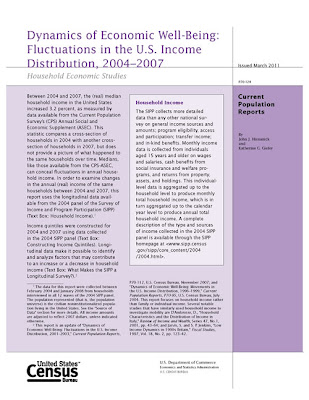
The latest version of the U.S. Census Quarterly Financial Report is now available. For over sixty years, the Quarterly Financial Report – QFR program has collected and published quarterly aggregate statistics on the financial results and position of U.S. corporations. This report includes:
- Corporations that have a plurality of business activity in manufacturing industries, and domestic assets of $250,000 and over.
- Corporations that have a plurality of business activity in mining, wholesale trade, retail trade, or selected service industries, and domestic assets of $50 million and over.
- Corporations that are above industry specific receipt cut-off values.
- The statistical data are classified by industry and by asset size.
- Currently, the QFR program covers the following industry sectors, as defined by the North American Industry Classification System (NAICS):
- Mining 211-213
- Manufacturing 311-316, 321-327, 331-337, 339
- Wholesale Trade 423-425
- Retail Trade 441-448, 451-454
- Selected Service Indistries 511-512, 515, 517-519, 541 (except 5411 Legal Services)



